Smart Deposit
In today’s unpredictable world, preparedness for uncertainties is crucial for every individual. One of the key aspects of financial planning is to build an emergency fund and stay prepared for a rainy day.
An emergency fund serves as a safety net during unforeseen circumstances and provides a sense of security. But what exactly is an emergency fund, and how can you create one for your future? Let’s understand the same along with some of the best tips to save your emergency funds securely with Koshex.
What is an Emergency Fund?
An emergency fund is a pool of money to cover unexpected expenses or financial emergencies. These may include medical emergencies, car repairs, sudden job loss, or unforeseen events requiring immediate financial attention. The purpose of an emergency fund is to provide a financial buffer. This ensures you can navigate challenging times without incurring debt or jeopardizing your financial stability.
Why Do You Need an Emergency Fund?
Having an emergency fund is essential for several reasons. Here’s how it can help:
Offers A Safety Net: Emergency funds provide a safety net that protects you from unexpected financial setbacks. Life is full of uncertainties, and having a cushion of readily available funds can alleviate stress during difficult times.
Avoid Debts: An emergency fund allows you to avoid high-interest debt during emergencies. You can use your emergency fund instead of relying on credit cards or loans to cover unexpected expenses. This saves you from paying excessive interest charges.
Helps Make Better Decisions: An emergency fund empowers you to make better financial decisions. Knowing that you have a financial buffer allows you to take calculated risks or seize opportunities without fearing being caught off guard.
Gives A Sense Of Satisfaction: Emergency funds bring a sense of satisfaction that you don’t have to rely on others for financial assistance.
How Much Emergency Fund Should You Have?
Having both short-term and long-term emergency funds ensures comprehensive financial preparedness. The ideal amount for an emergency fund should generally equal six to 12 months’ worth of living expenses. This ensures that you have enough funds to cover essential costs in case any uncertainty arises.
These costs include rent or mortgage payments, utilities, groceries, and healthcare expenses in case of job loss or other emergencies. However, it is crucial to consider your circumstances and financial goals when determining the appropriate amount for your emergency fund.
In addition to the general six to 12-month expense rule, you can establish short-term and long-term emergency funds. Here’s how short-term and long-term emergency funds work:
Short-Term Emergency Funds: Short-term emergency funds usually cover smaller unexpected expenses. This includes car repairs or regular medical bills. You can create this fund by setting aside a certain amount of money in your savings account.
Long-Term Emergency Funds: Long-term emergency funds can provide support during more significant life events. This can include prolonged job loss, a major home repair, or serious medical emergencies. Since you won’t need these funds frequently, you should keep them invested for a longer time to ensure better returns than a savings account.
Where to Keep Your Emergency Fund?
While we saw how you can create your emergency fund, it’s equally important to understand where to keep it. When it comes to storing your emergency fund, accessibility and security are key aspects to consider.
Many people opt to keep their emergency funds in a traditional savings account. While this may offer easy access, the interest rates on such accounts are much lower. It doesn’t even cover inflation. In other cases, people invest emergency funds in the stock market. While it may provide returns, it does not assure the safety of the invested capital. This is where the concept of Smart Deposits comes into play.
Smart Deposits are a modern and innovative approach to managing your emergency fund. It provides returns higher than the savings account with equal liquidity. Smart Deposits offer fixed returns, ranging from 8.25% to up to 12%. These deposits are designed to provide investors with the flexibility to withdraw funds without any charges and ensure that they have access to their money when needed.
Smart Deposit, which is offered by Koshex, is a peer-to-peer (P2P) lending product. P2P lending uses online platforms to connect people who want to borrow money with people who want to lend money. When you invest in Smart Deposit through Koshex, Faircent will lend your money at a certain interest rate to borrowers. When the borrowers pay back the money lent by you, you will receive your principal and the interest amount.
Here Are Some Of The Key Features Of Smart Deposits Offered By Koshex:
You can access your funds instantly whenever needed, providing the necessary liquidity during emergencies.
- Your investment in Smart Deposit can help you earn anywhere from 8.25% to up to 12%.
- Unlike certain investment options with a lock-in period, Smart Deposits offer the flexibility to access your funds without any restrictions or penalties.
- 100% of investors, who have invested their money through Faircent, have received their promised returns so far. So, you don’t have to worry about losing your hard-earned money.
- Smart Deposit is a completely free product from Koshex, and there is no charge levied by Koshex for you.
- Koshex has partnered with Faircent, an RBI-registered entity. This means you can invest your money without any worries.
In A Nutshell
An emergency fund is an indispensable component of a healthy financial plan. It provides stability, peace of mind, and safety against unexpected events. While the recommended amount for an emergency fund is generally equivalent to six to 12 months’ worth of living expenses, it is crucial to customize this amount based on individual circumstances.
Koshex is becoming the preferred choice among investors for saving your emergency fund. You can invest your funds here in just three clicks. It’s highly liquid, and the rate of return is much better than the savings bank account. You can withdraw your money anytime and stay prepared for financial emergencies with confidence. Sign up and save now with Koshex.
FAQs
Q: Can I invest my emergency fund in stocks or other risky assets?
A: Keeping your emergency fund in fixed-income products like Smart Deposits is generally recommended. Stocks and other volatile investments carry the risk of significant fluctuations in value. This can jeopardize the availability of funds when you need them the most.
Q: How often should I review and adjust my emergency fund?
A: It is wise to review your emergency fund periodically, especially when there are significant changes in your financial situation or personal circumstances. Major life events such as marriage, having children, or changing jobs may necessitate an adjustment in the size of your emergency fund. Regularly reassessing and modifying your emergency fund ensures that it aligns with your needs and financial goals.

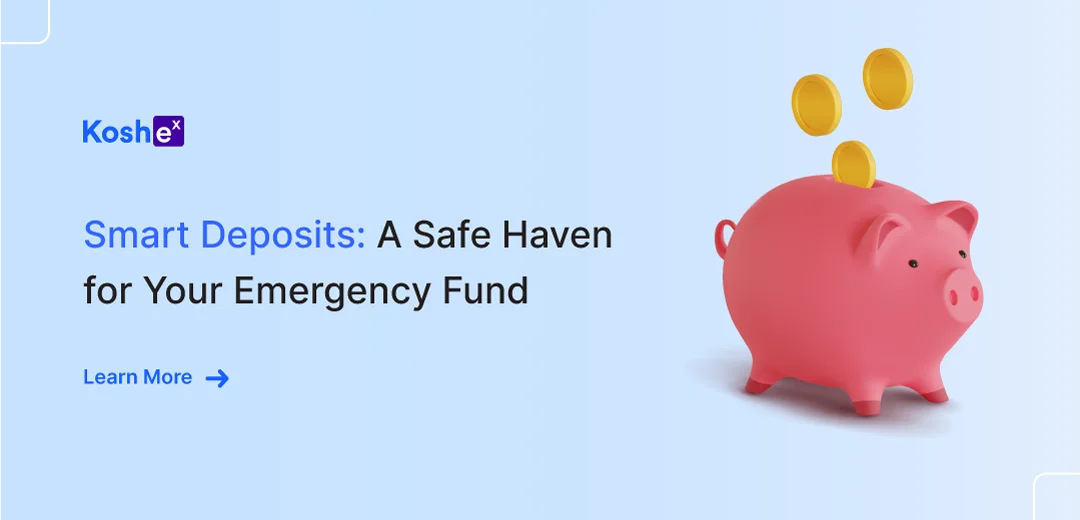
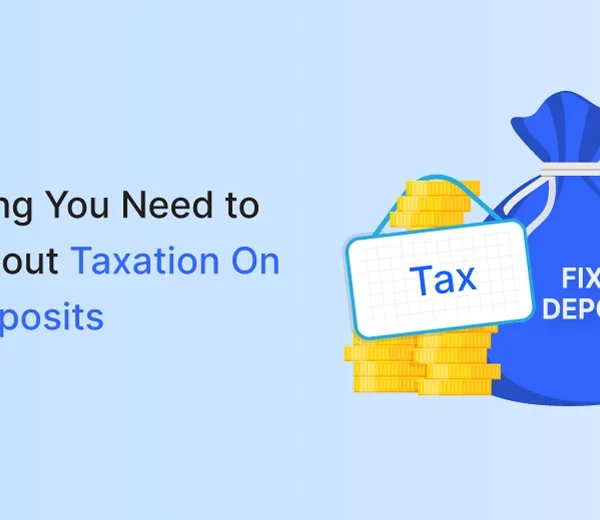

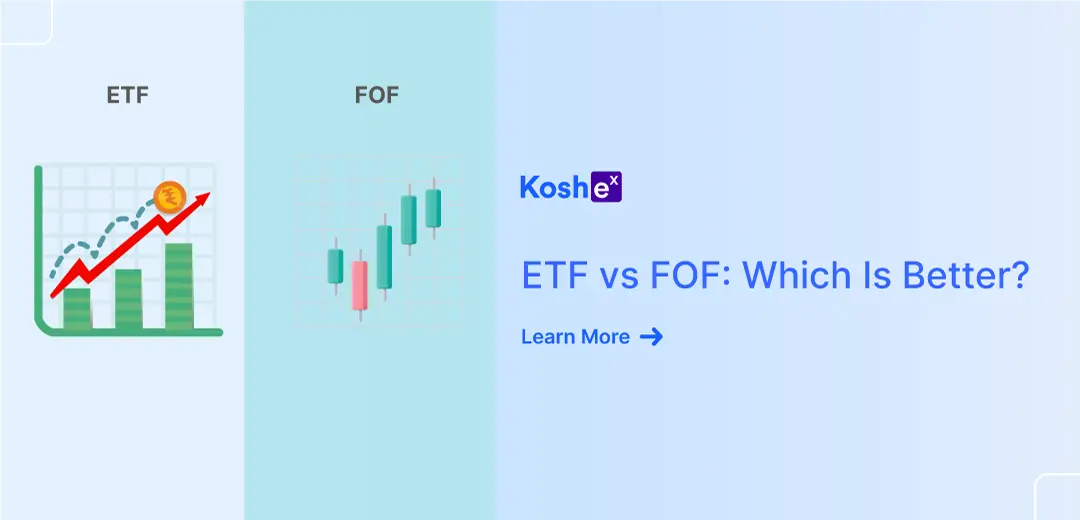
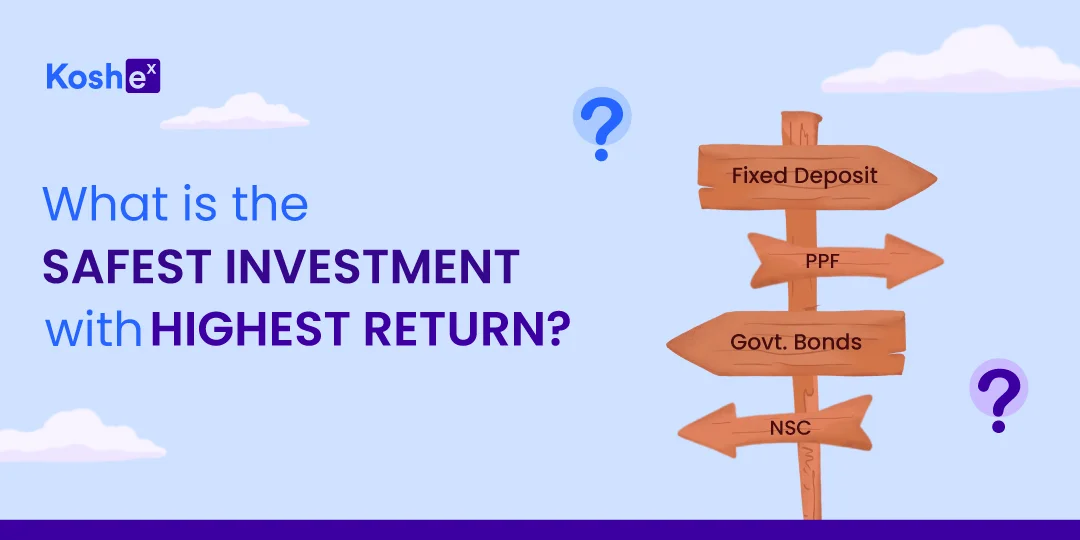
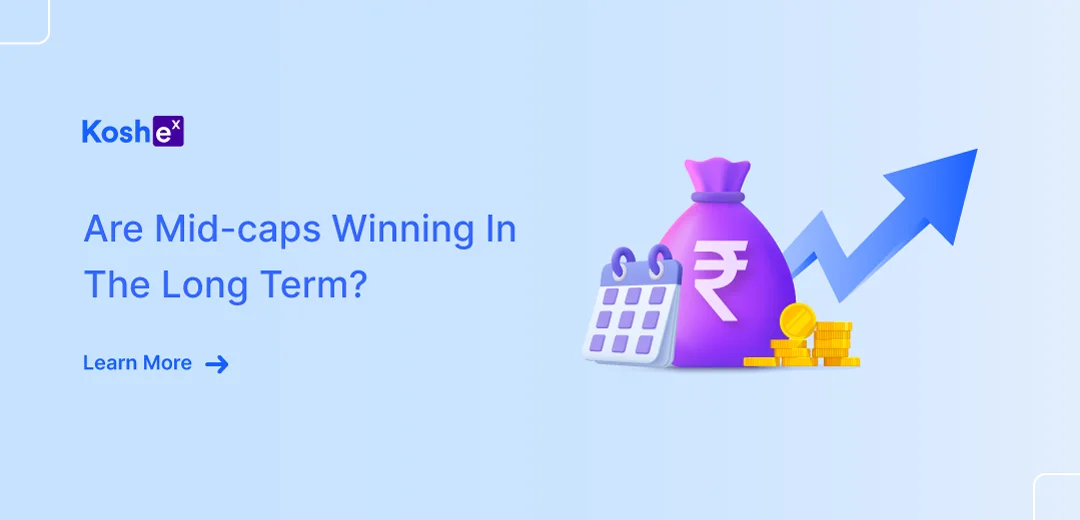


Leave a Comment